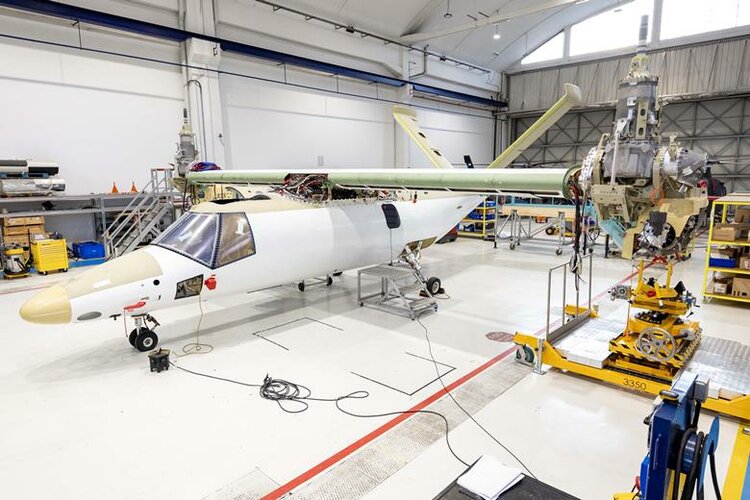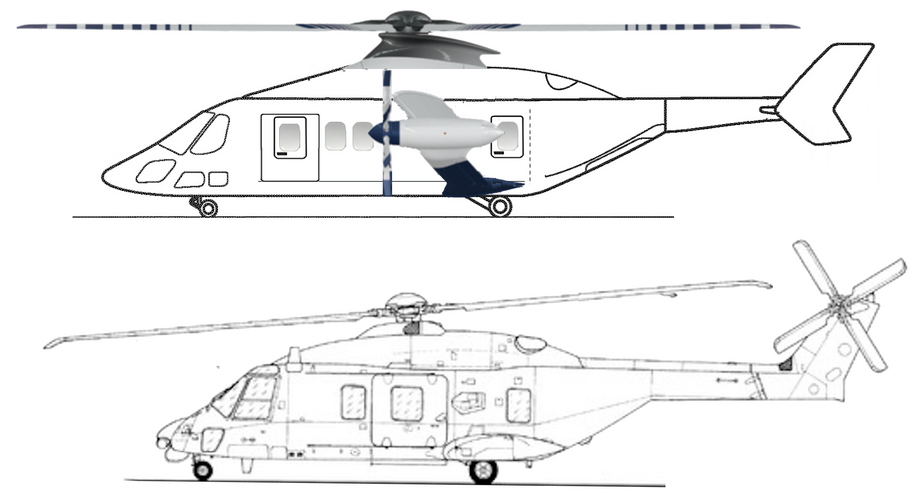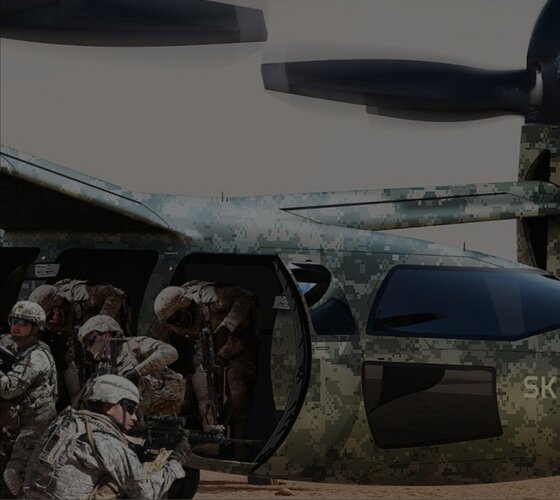- Joined
- 18 October 2006
- Messages
- 4,203
- Reaction score
- 4,877
Without drastic improvements to engine performance and material rigidity, going faster and farther is going to be heavier. Both FVL programs are heavier than the aircraft they are designed to replace (which were both heavier than the aircraft they replaced [UH-60>UH-1, OH-58D>OH058A/C]). So Airbus is not being nonsensical with the claim. The real decision for NATO is the frequency that they expect operate rotorcraft over extended distances. I define "extended distances" as >100NM. This appears to be the break point where speed begins to buy its way into the requirement.
















